Transparent Shader Family
Note. Unity 5 introduced the Standard ShaderA built-in shader for rendering real-world objects such as stone, wood, glass, plastic and metal. Supports a wide range of shader types and combinations. More info
See in Glossary which replaces these shadersA small script that contains the mathematical calculations and algorithms for calculating the Color of each pixel rendered, based on the lighting input and the Material configuration. More info
See in Glossary.
The Transparent shaders are used for fully- or semi-transparent objects. Using the alpha channel of the Base texture, you can determine areas of the object which can be more or less transparent than others. This can create a great effect for glass, HUD interfaces, or sci-fi effects.
Transparent Vertex-Lit
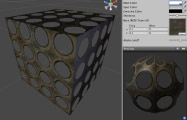
Assets needed:
- One Base texture with alpha channel for Transparency Map
Transparent Diffuse
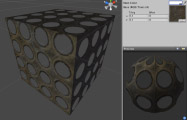
Assets needed:
- One Base texture with alpha channel for Transparency Map
Transparent Specular
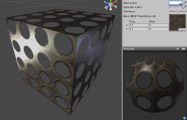
Assets needed:
- One Base texture with alpha channel for combined Transparency Map/Specular Map
Note: One limitation of this shader is that the Base texture’s alpha channel doubles as a Specular Map for the Specular shaders in this family.
Transparent Normal mapped
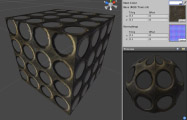
Assets needed:
- One Base texture with alpha channel for Transparency Map
- One Normal mapA type of Bump Map texture that allows you to add surface detail such as bumps, grooves, and scratches to a model which catch the light as if they are represented by real geometry. More info
See in Glossary normal map, no alpha channel required
Transparent Normal mapped Specular
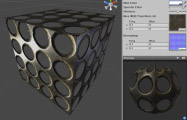
Assets needed:
- One Base texture with alpha channel for combined Transparency Map/Specular Map
- One Normal map normal map, no alpha channel required
Note: One limitation of this shader is that the Base texture’s alpha channel doubles as a Specular Map for the Specular shaders in this family.
Transparent Parallax
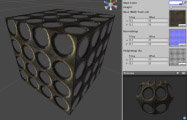
Assets needed:
- One Base texture with alpha channel for Transparency Map
- One Normal map normal map with alpha channel for Parallax Depth
Transparent Parallax Specular
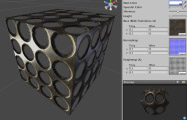
Assets needed:
- One Base texture with alpha channel for combined Transparency Map/Specular Map
- One Normal map normal map with alpha channel for Parallax Depth
Note: One limitation of this shader is that the Base texture’s alpha channel doubles as a Specular Map for the Specular shaders in this family.
Did you find this page useful? Please give it a rating: